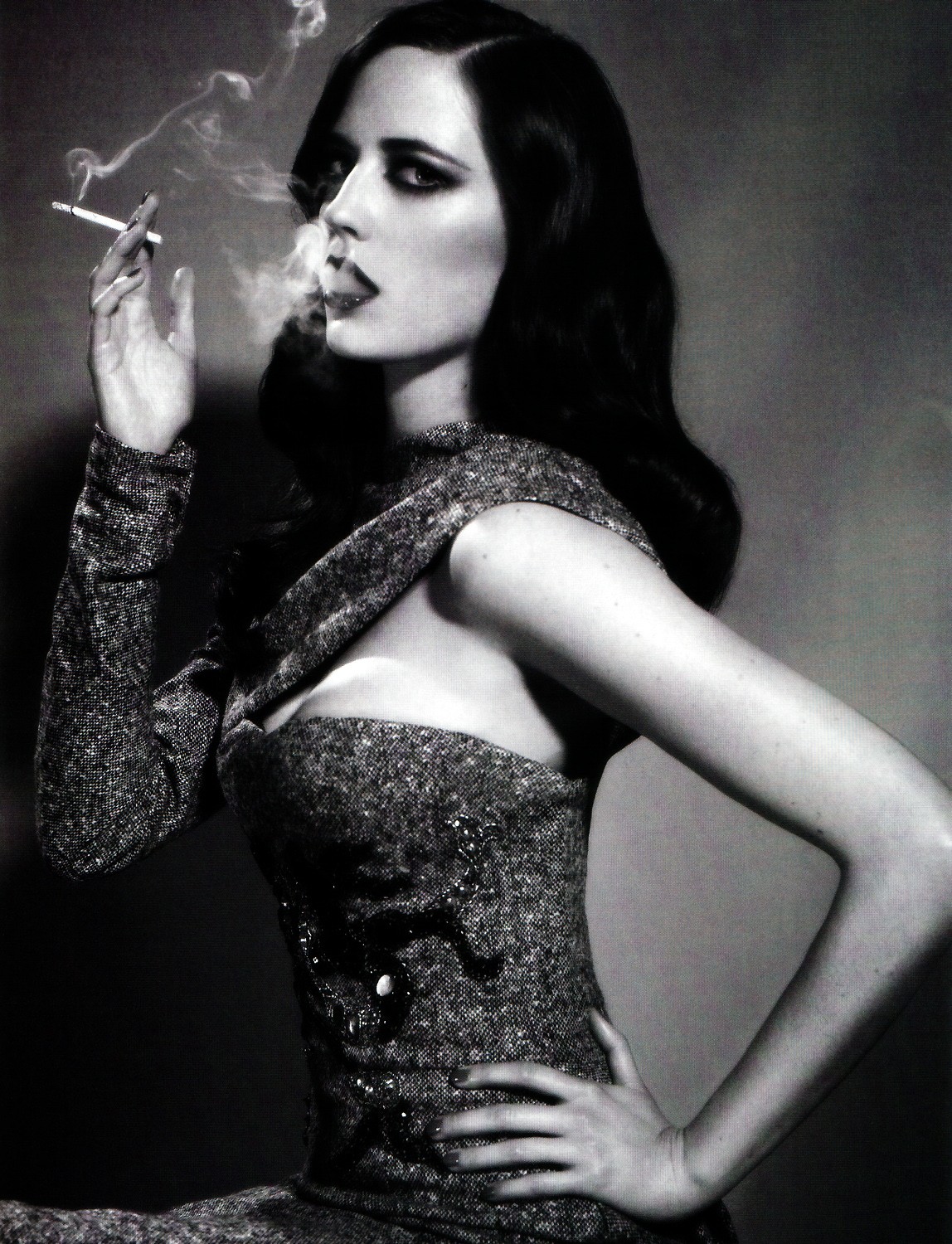- Action Thriller - Majority of the focus is on action
- Conspiracy Thriller - A protagonist, usually by themselves (as they only realise the threat), must confront a powerful organisation
- Crime Thriller - Tends to be of the point of view of the criminal, as they try to allude the police, and only at the end of the film do all the pieces fit together, usually
- Disaster Thriller - A natural disaster takes place, and the protagonist(s) trys to stop it, or just save themselves from it
- Legal Thriller - Takes place in and around a courtroom, centring usually around a lawyer and a case that may end in death for the lawyer or client
- Political Thriller - Focus on a hero/heroine ensuring the stability of a government, usually previously low down
- Psychological Thriller - A mental conflict, rather than physical conflict for the protagonist
- Supernatural Thriller - The supernatural tends to be the antagonist, or the protagonists may have supernatural abilities
- Techno Thriller - Technology an important role, works either with or against the protagonist
For our own film, some genres would be easier to achieve than others. A sub genre I would like to do is a Psychological Thriller. A Psychological Thriller would be interesting to do because of the enigmas and red herrings, letting you play with the audience, and it seems to feed into other sub genres.
Looking at a scene from the Psychological Thriller film Se7en, you can see some Psychological themes.
This scene starts with a kinetic camera, making the viewer disorientated, and adding realism. Tilting up to the masses of air fresheners, this starts to raise some questions, as it isn't a normal thing to do. The dramatic drone score really makes the viewer tense, especially where it crescendos when the camera dollys backwards from the torches, into the room. The slow reveal of what's in the room increases the suspense, with long cuts. The low key lighting of the room makes the scene feel realistic and dull. Several enigmas are set up in the next few shots, like the dolly into the word SLOTH written on the wall, the photographs of the victim, the jars of their waste. Close ups of several props and the victim makes the audience fell like detectives, trying to analyse every detail to try and figure things out. When the body moves, it is followed by fast cuts and more dramatic score, making the audience terrified.
Looking at a scene from the Psychological Thriller film Se7en, you can see some Psychological themes.
This scene starts with a kinetic camera, making the viewer disorientated, and adding realism. Tilting up to the masses of air fresheners, this starts to raise some questions, as it isn't a normal thing to do. The dramatic drone score really makes the viewer tense, especially where it crescendos when the camera dollys backwards from the torches, into the room. The slow reveal of what's in the room increases the suspense, with long cuts. The low key lighting of the room makes the scene feel realistic and dull. Several enigmas are set up in the next few shots, like the dolly into the word SLOTH written on the wall, the photographs of the victim, the jars of their waste. Close ups of several props and the victim makes the audience fell like detectives, trying to analyse every detail to try and figure things out. When the body moves, it is followed by fast cuts and more dramatic score, making the audience terrified.




